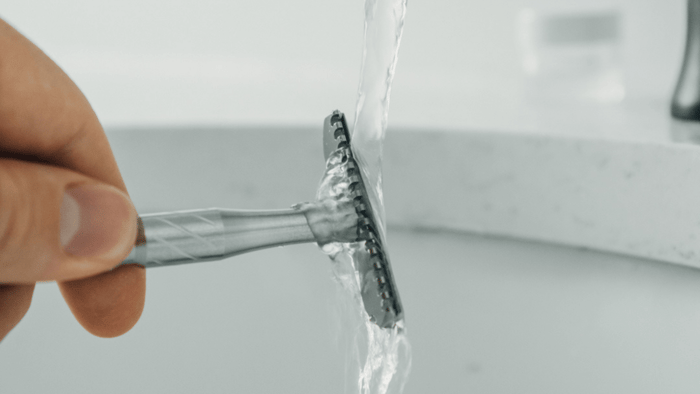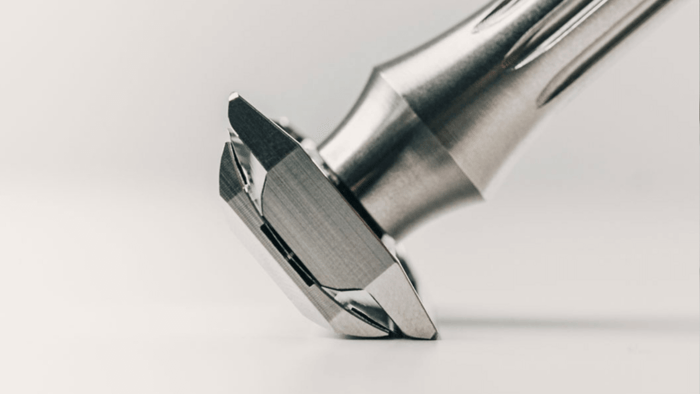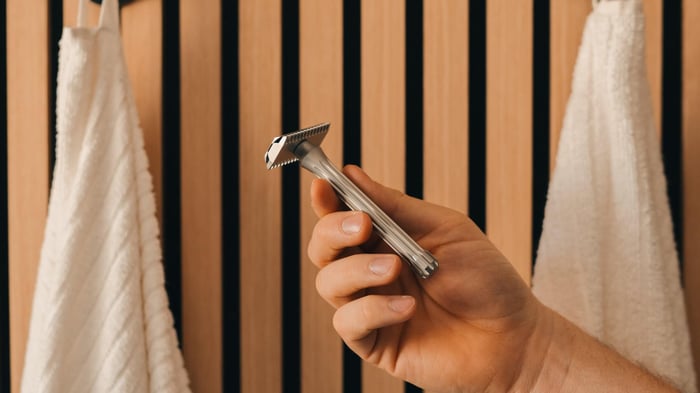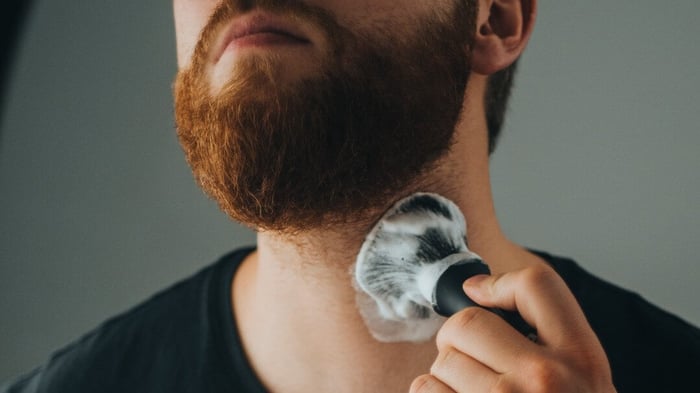Table of Contents
A lot can go wrong during a shave. With so many variables at play (prep, soap, blade choice, razor, angles, pressure, post-shave, etc.) it can be tough to understand what caused a bad result. Today we're going to address one common issue to help you diagnose and avoid it on your next shave. If you notice your safety razor tugging, it can be distracting and uncomfortable.
When a shave is going well the blade glides across your skin and slices cleanly through hair with little resistance. Tugging is the sensation that the blade and razor are getting stuck on the hairs and pulling on them instead of getting that clean cut. You'll notice more friction and feel both your hair and skin getting pulled by the razor. When this happens, you'll have a hard time getting a close shave and you're likely to wind up with irritation or nicks from the skin getting yanked on. It's not pleasant, but it can be avoided.
There are a few things that can cause tugging and each needs to be ruled out to diagnose the cause.
Prep
Dry hair is coarse and strong. If you've ever tried to shave your dry face, you'll know it's almost impossible to get the razor to cut those hairs. So to make the hair easy to cut, you'll need to saturate the hairs, usually with a nice hot shower. This makes the hair pliable, cuttable, and less prone to tugging.
Lather
If your razor can't glide, it's going to tug. Get a nice slick lather to reduce the odds of tugging. But you already know that so let's move on to the razor and blade.
Dull blades/duds
A blade that isn't sharp will always tug. So if you have a tuggy shave, the first thing to check is how many shaves that blade has. If it's been a few shaves or you can't remember when you changed it last, toss it and grab a fresh blade.
Rarely, a new blade just won't be sharp for some reason. We call this blade a dud. If you just popped in a fresh blade that you know and love and it's not cutting as you'd expect, toss it and try another from the pack. Duds happen.
Lightweight razor and pressure
If you have a new razor, especially one made from titanium or aluminum or a lightweight design like the Vector, you'll need to be aware that tugging is likely to happen. That's because a heavy razor has enough momentum to slice through hairs cleanly, but a light razor might just tug on the hair or even skip across it. Think about trying to cut firewood with an axe. A heavy axe does all the work for you - just pick it up and drop it. Now imagine doing the same thing with a lightweight machete. It'll just bounce off the log - unless you swing it hard.
The shaving equivalent of swinging hard is adding pressure. To avoid tugging, you need to add back the pressure that the lightweight material took away. Pressure isn't something to fear - it's a vital technique that every shaver must have in his arsenal to get the best results. So if you get tugging on a Vector or Blackbird Titanium, add a little pressure. Did it eliminate the tugging? If not, add a little more. Repeat until you get the feel for the perfect tug-eliminating pressure.
Steep angle
Razor blades (anything sharp, really) cut best when they are approximately perpendicular to the thing you want to cut. That said, razors are forgiving and you can hold the blade at a pretty wide range of angles and still get great results. But if the blade is held at a very steep angle relative to your skin, the blade won't cut well at all. It will skip and tug on the hair because the cutting edge is too far away from that perpendicular optimal orientation. So pay attention to your angles and notice what your hand is doing when you get that tugging sensation. Are you keeping the angle consistent or does it get steep when you're experiencing tugging? If it's the latter, you've found your problem.
Nothing interrupts a nice shave like feeling your safety razor tugging. With this quick guide, you're sure to get smooth, comfortable shaves without any tugging. Reach out to support@blacklandrazors.com if you need any help learning your new safety razor.




